![Generating Concepts for Product Design: Step-by-Step Guide [2024] 1 Post thumbnail](https://www.guvi.in/blog/wp-content/uploads/2023/12/1199840191.webp)
Generating Concepts for Product Design: Step-by-Step Guide [2024]
Sep 04, 2024 4 Min Read 4604 Views
(Last Updated)
Have you ever wondered what kickstarts the journey of creating an innovative product? It all begins with generating concepts for product design. This is where the magic happens – a stage filled with brainstorming sessions, where ideas are born and shaped to meet the exact needs of customers.
In the world of product design, concept generation is not just coming up with big ideas. It’s about ensuring those ideas are both creative and practical, ensuring they align perfectly with the customer’s vision and the market’s demands. This phase requires a blend of letting your imagination run wild while using your technical knowledge to finally tune into what the end user needs. In short, it sets the stage for successful product development.
Let us understand in detail what concept generation means and how you can generate concepts for product design.
Table of contents
- What is Concept Generation?
- Generating Concepts for Product Design: Step-by-Step Process
- Step 1: Analyze the Problem
- Step 2: Study Existing Solutions
- Step 3: Consider New Solutions through Ideation
- Step 4: Review and Rank Concepts
- Step 5: Choose the Best Concept
- What's Next?
- Frequently Asked Questions
- Can concept generation in product design be automated?
- Is concept generation applicable in all fields of engineering?
- What's the importance of prototyping in concept generation?
- What technologies are emerging to aid concept generation?
- What are the top skills required for generating ideas for product design?
What is Concept Generation?
![Generating Concepts for Product Design: Step-by-Step Guide [2024] 2 what is concept generation in product design](https://www.guvi.in/blog/wp-content/uploads/2024/01/1199840185.webp)
Concept generation in product design is the creative process of developing a range of ideas to address a specific customer need or problem. The goal is to create multiple possible solutions, which can then be refined and developed into practical and innovative products.
In mechanical engineering, concept generation is not just about thinking outside the box; it’s about redefining the box itself. By thoroughly exploring various concepts, engineers ensure that the final product design is not only practical but also groundbreaking, meeting both current and future market needs.
Before we move on to the next part, you should have a deeper knowledge of key mechanical engineering concepts. You can consider enrolling yourself in GUVI’s CAD Program for Mechanical Engineers, which lets you gain practical experience by developing real-world projects and covers technologies including AutoCAD, Solidworks, CATIA, Ansys, GD & T, etc.
Additionally, if you would like to explore AutoCAD for Mechanical Engineering through a self-paced course, you can take GUVI’s AutoCAD Mechanical Certification Course.
Generating Concepts for Product Design: Step-by-Step Process
This structured, step-by-step process of generating concepts for product design will ensure the concepts you create are innovative and aligned with the client’s needs.
By following these steps, you can systematically transform abstract ideas into concrete, workable designs.
Step 1: Analyze the Problem
![Generating Concepts for Product Design: Step-by-Step Guide [2024] 3 generating concepts for product design analyzing the problem](https://www.guvi.in/blog/wp-content/uploads/2024/01/1199840186.webp)
The first step in generating concepts for product design is a thorough understanding and defining the customer’s problem. This involves a thorough analysis of the customer’s needs and specifications.
As an engineer or a designer, you need to engage with the customer, possibly visit their facilities, and ask detailed questions to grasp the full scope of the problem.
It’s also super important to know how the customer feels about their problem. You could use surveys or talk to a group of customers to get a bunch of different viewpoints.
This understanding is critical, as it lays the groundwork for all subsequent design ideas. It’s not just about identifying what the customer wants but also understanding the “why” behind it, which is essential for generating relevant and impactful product design concepts.
Step 2: Study Existing Solutions
![Generating Concepts for Product Design: Step-by-Step Guide [2024] 4 concept generation in product design](https://www.guvi.in/blog/wp-content/uploads/2024/01/1199840187.webp)
Once the problem is clearly understood, your next step involves researching existing solutions. This exploration is important because it helps you build on what’s been done before, rather than starting from scratch.
So, how do you go about this research? Well, you could start with some good old online digging. Look up what solutions are currently available, how they work, and what customers think about them. It’s also a great idea to chat with people who know a lot about the topic – think industry experts or professionals who’ve been around the block.
Another smart move is to look at existing patents. This can show you what sort of solutions have been legally recognized and can give you a clue about the direction in which the industry is moving.
Studying current solutions gives you an insight into what has already been tried and tested, helping avoid reinventing the wheel and sparking ideas for improvements or entirely new approaches.
Step 3: Consider New Solutions through Ideation
![Generating Concepts for Product Design: Step-by-Step Guide [2024] 5 considering new solutions through ideation concept generation product design](https://www.guvi.in/blog/wp-content/uploads/2024/01/1199840188.webp)
Ideation is the heart of concept generation, where creativity and engineering intersect.
Engineers use techniques such as brainstorming, lateral thinking, and mind maps to generate various potential solutions.
This creative process is crucial for stepping beyond the conventional and exploring innovative solutions. It’s about generating a volume of ideas that can be sifted through to find the most promising ones.
Remember, it’s not just about quantity but also the quality of ideas that can bring something new to the table.
Know More About 8 Important Skills Required for Mechanical Engineering
Step 4: Review and Rank Concepts
![Generating Concepts for Product Design: Step-by-Step Guide [2024] 6 generating concepts for product design](https://www.guvi.in/blog/wp-content/uploads/2024/01/1199840189.webp)
After generating a series of ideas, your next step is to evaluate and refine these concepts. This involves using tools like scoring matrices to assess each idea against specific criteria relevant to the project’s goals.
These help you rate each idea based on how well it matches up with what you’re looking for in your project. You’ll consider things like the feasibility of the idea, how much it’ll cost, how quickly it can be brought to market, and, most importantly, if it meets what your customers need.
By systematically reviewing and ranking these concepts, you’re making sure that the final product design ideas you go forward with are the best of the lot. They are ideas that are not just smart, but also make sense in the real world and can be turned into something customers will use and love.
Read: 12 Magical Mechanical Engineering Tools in 2024
Step 5: Choose the Best Concept
![Generating Concepts for Product Design: Step-by-Step Guide [2024] 7 product design concept generation](https://www.guvi.in/blog/wp-content/uploads/2024/01/1199840190.webp)
The final step in generating concepts for product design is selecting the best concept. This is where you and your team, along with any other key players involved, come together to make the big decision.
The concept you pick should fit just right with what your customer needs and what’s possible within your project’s limits.
It’s also important to think about this choice from your customer’s perspective. Ask yourself: Will this work for them in their day-to-day life? Is it practical? Can it be made without a hitch? This is about making sure the concept isn’t just good on paper but also in real life.
Also read | Real-world Applications of Mechanical Engineering
Kickstart your career by enrolling in GUVI’s CAD Career Program for Mechanical Engineers where you will master technologies including AutoCAD, Solidworks, CATIA, Ansys, GD & T, etc, and build interesting real-life mechanical projects.
Alternatively, if you would like to explore AutoCAD for Mechanical Engineering through a self-paced course, you can take GUVI’s AutoCAD Mechanical Certification Course.
What’s Next?
Now that you know the process of generating product design concepts, the next step is to bring these concepts to life. It’s both challenging and exhilarating. It’s about refining, testing, and perfecting the initial designs to meet real-world demands.
Transitioning from concept to creation, a targeted certificate course in CAD design and simulation is an invaluable asset. It immerses you in the practicalities of turning design concepts into functional, market-ready products.
You will gain the necessary skills to navigate the complexities of product development, from intricate CAD modeling to the nuances of material selection and manufacturing processes.
Also, Explore the Top 7 Career Opportunities for Mechanical Engineers
Frequently Asked Questions
Can concept generation in product design be automated?
Automation in concept generation is limited as it relies heavily on human creativity and understanding of specific customer needs.
Is concept generation applicable in all fields of engineering?
Yes, concept generation is a fundamental process applicable across various engineering fields, adapting to specific industry needs.
What’s the importance of prototyping in concept generation?
Prototyping in concept generation helps test the feasibility and functionality of ideas, turning abstract concepts into tangible models.
What technologies are emerging to aid concept generation?
Technologies like AI, VR, and advanced CAD tools are emerging to enhance the efficiency and creativity of generating ideas for product designs.
What are the top skills required for generating ideas for product design?
The key skills for generating ideas for product design include creativity, technical knowledge, proficiency in CAD tools, problem-solving, and effective communication. Understanding market trends and user experience design is also beneficial.

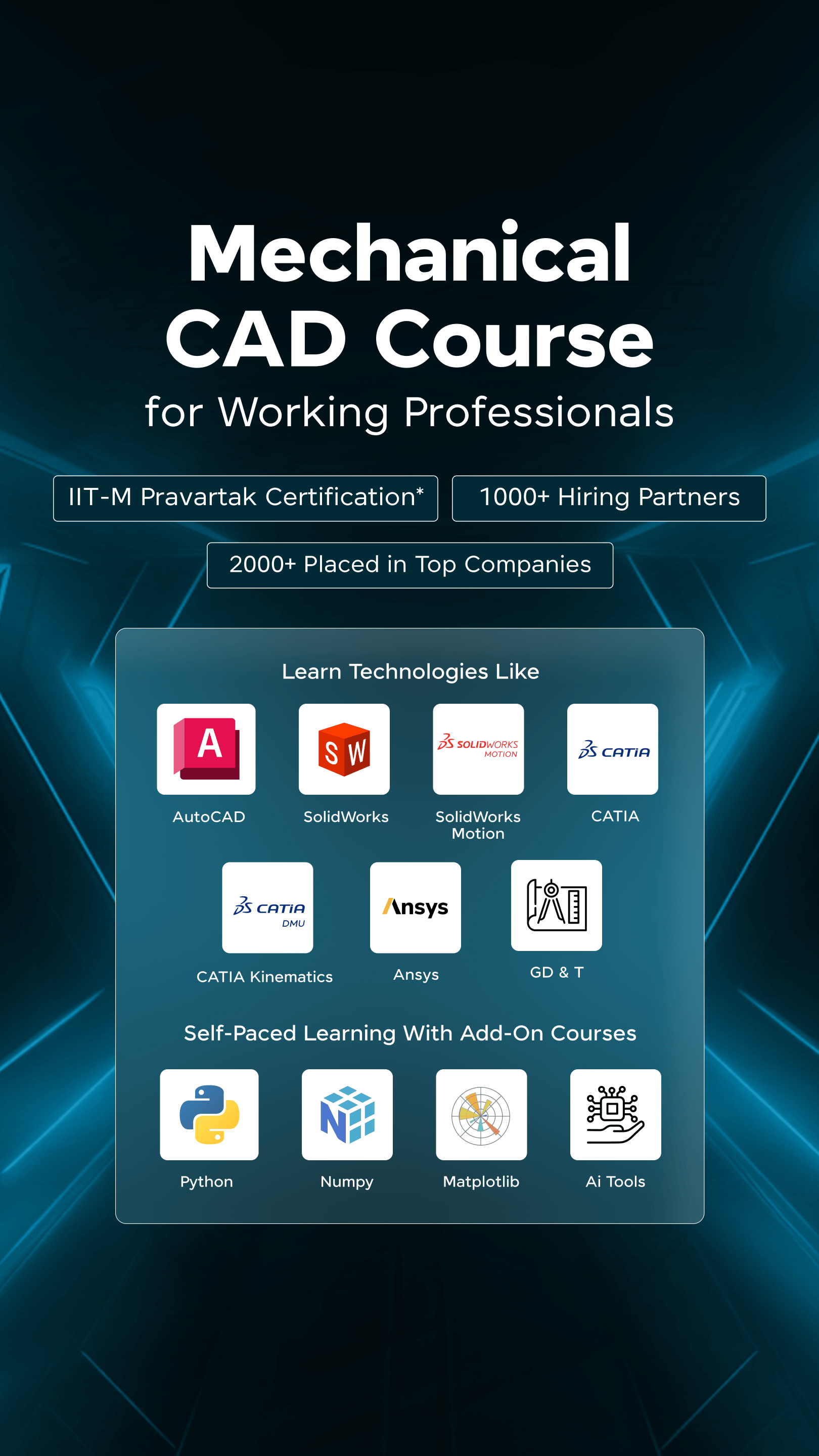
















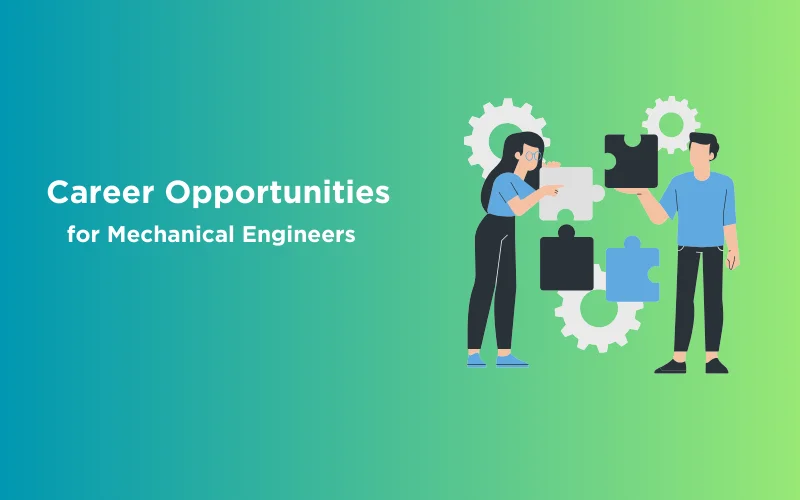
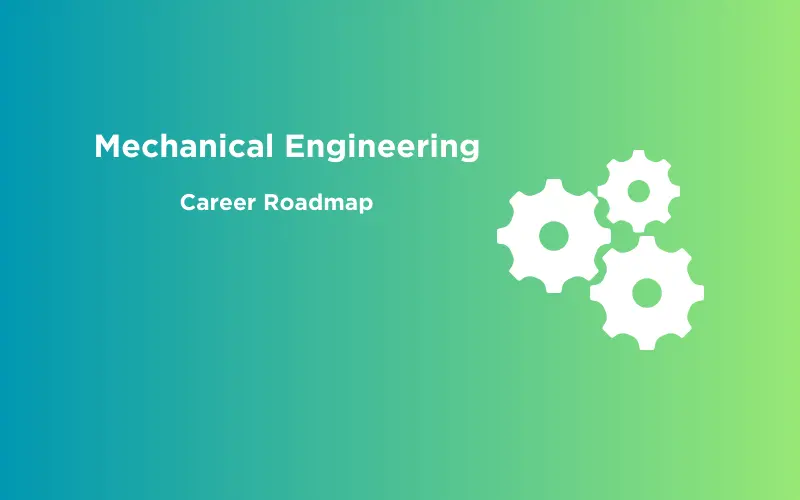
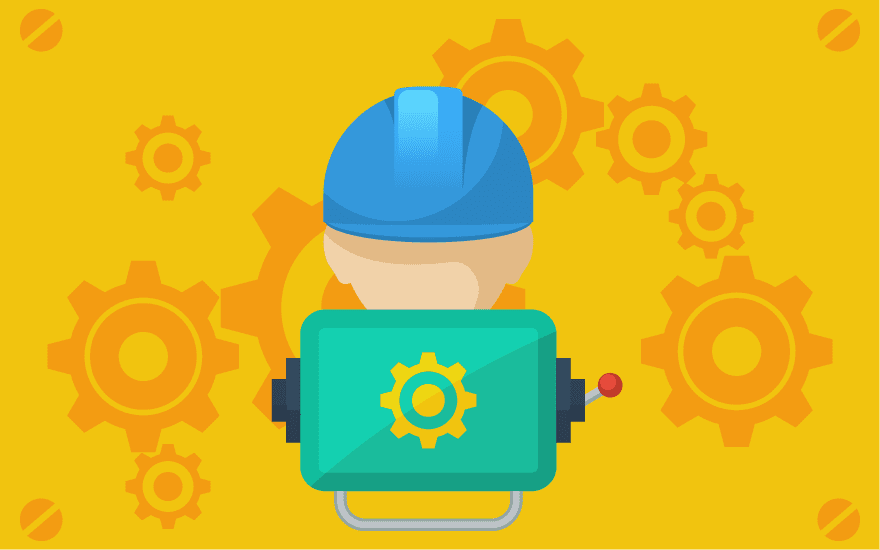
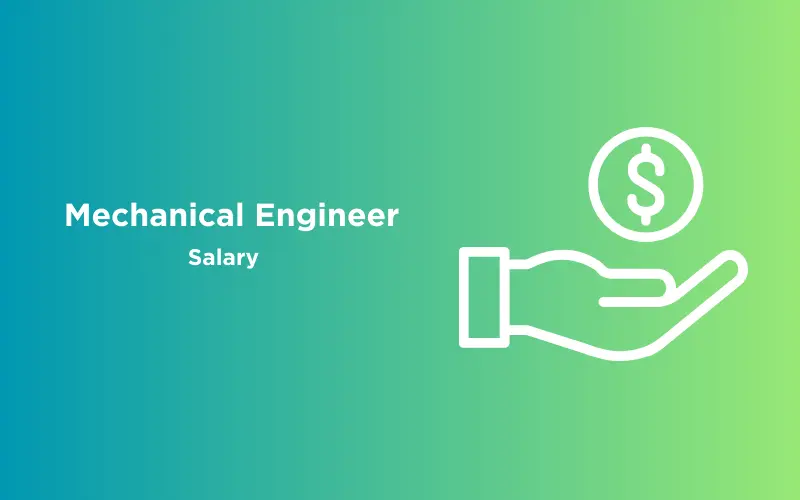
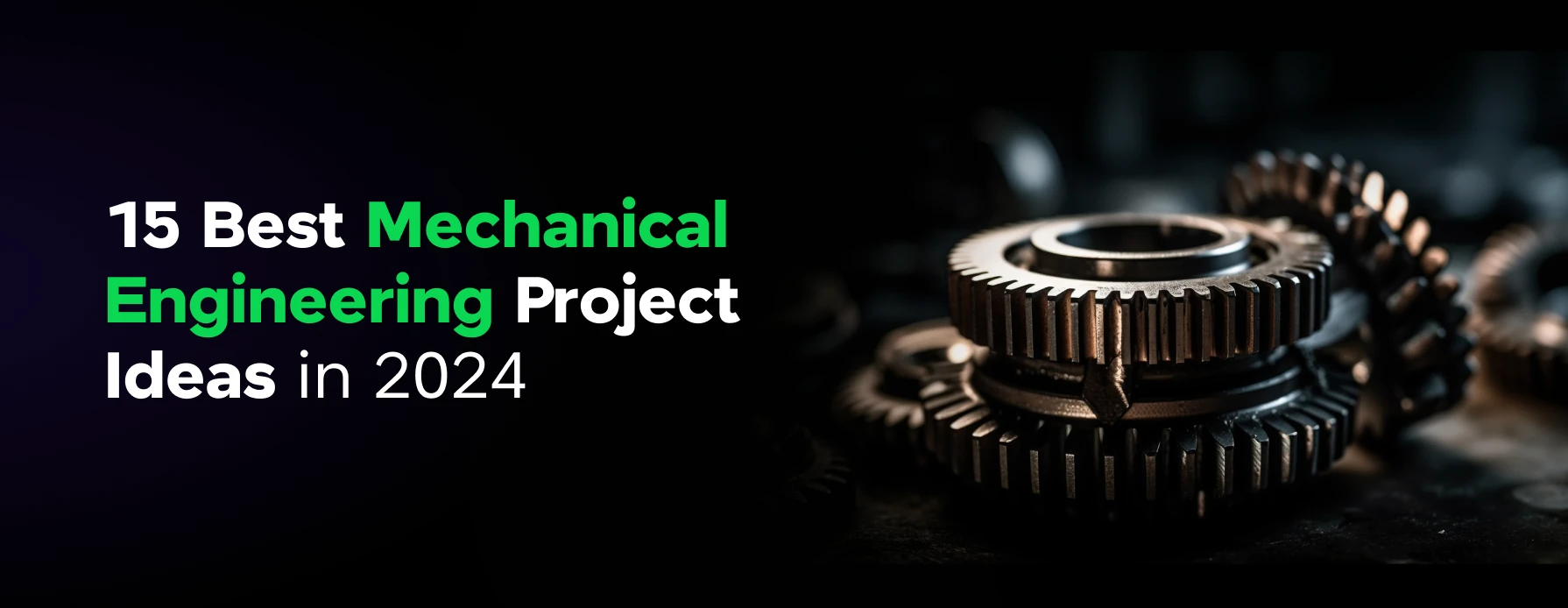
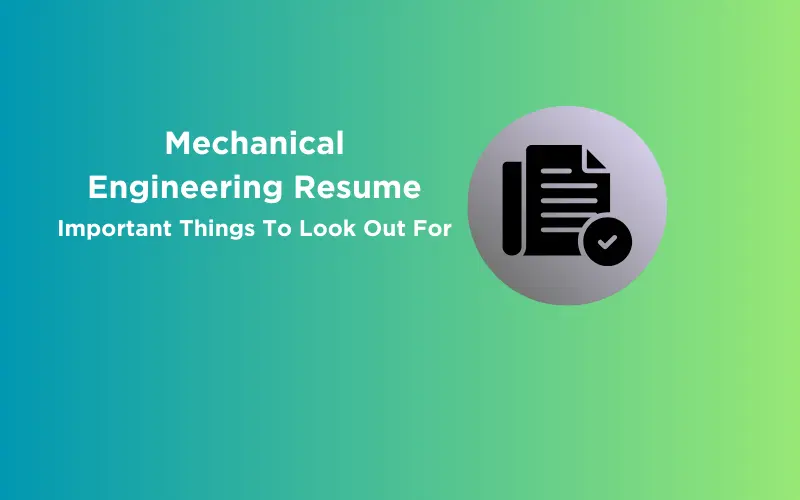
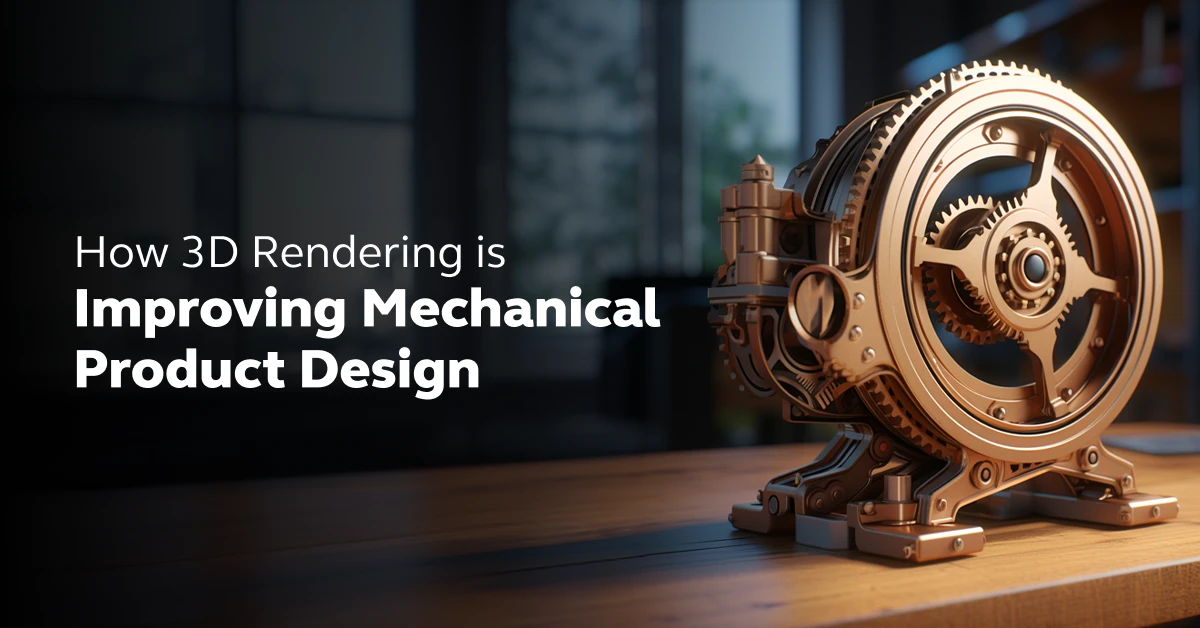
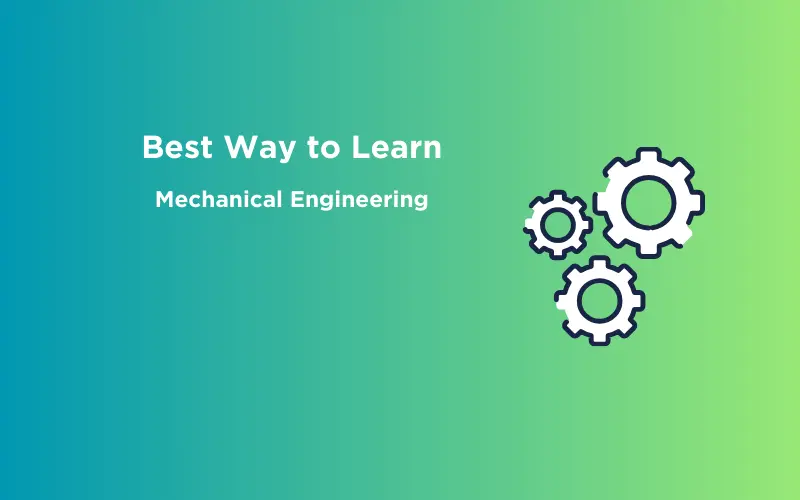
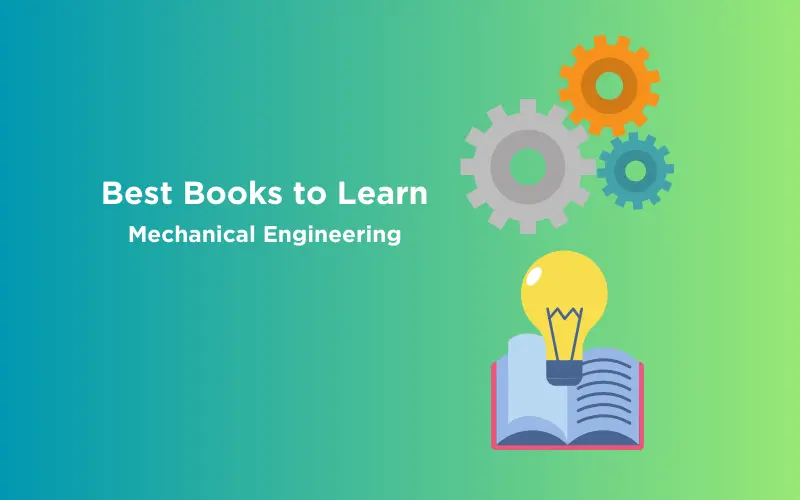
Did you enjoy this article?